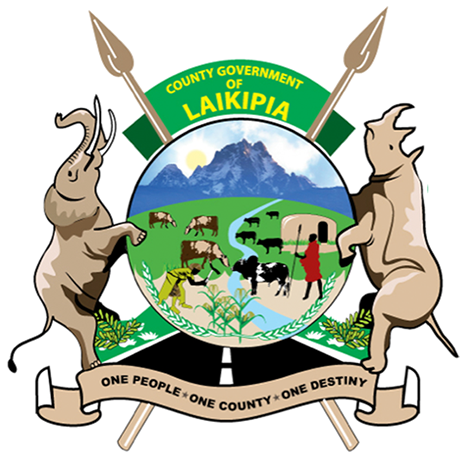Cattle Wagons A Boost For Laikipia's Livestock Business
The reintroduction of livestock transport wagons from Nanyuki station to Kenya Meat Commission (KMC) depot in Nairobi is expected to promote the local economy and increase earnings for beef cattle farmers.
Laikipia and the northern counties of Samburu, Isiolo, and Baringo have immense potential in cattle production and are set to benefit from a ready market with KMC.
The Kenya railway will offer faster evacuation of the cattle and a cheaper transportation rate. It will contribute to exploiting the potential of beef and support the livestock value chain.
According to a report by Kenya Agribusiness and Agroindustry Alliance, livestock is one of Kenya's most important agricultural value chains with over 17 million cattle. In addition, 80% of cattle are produced in arid and semi-arid regions.
Laikipia Statistical Abstract 2020 indicates that by the end of 2019, the county had 221,760 beef cattle. This was an increase from 2017 when the county had 201,200 beef cattle.
The County Government of Laikipia has been fast-tracking initiatives that will enable increased livestock production while at the same time modernizing livestock markets across the county. These are Olmoran, Muwarak and Kimanju.
The entry of the railway transport will complement work done to ensure that Laikipia which is known for good quality of Boran beef continues to be a leader in the production.
It will also reduce the transport cost incurred by farmers while transporting their cattle in a small bunch. The cost-effective transport and ready market have been realized through interventions of the County Government and KMC to rationalize the pricing of cattle according to their quality.
The county has also been able to link various livestock markets in the county to National Livestock Marketing Information System(NLMIS) which are Kimanju, Doldol, Olmoran, and Rumuruti livestock markets.
This is expected to make it easier for beef farmers to have better access to the market and more customers which will lead to more income. The County Government will play a critical role in promoting an enabling environment for improved livestock production, marketing, and value chain improvement for a sustainable and prosperous livestock sector.
To increase the number of beef cattle in the county, the government has been encouraging pastoralists to embrace modern technology such as feedlots. Already, there are model farms to demonstrate the effectiveness of the system. The farms are Tripple A Growers which have 200 beef animals in the feedlot(Marmanet ward), Wargus Feedlot(Salama Ward), Nanyuki Ranching (Nanyuki Ward), Ngera Farm Limited (Ngobit ward), and Synergetic Limited feedlot (Rumuruti ward).
Well-established beef cattle will promote other sectors of the economy and support the establishment of industries such as hides and skins for value addition. This will ensure that cattle slaughtered in Laikipia, their by-product which is hides and skin can be processed to serve the leather industry. This will in turn raise their value and attract better prices.
The leather industry when fully exploited will avail significant opportunities for value addition. The outcome will be increased processing capacity for finished leather products.
Laikipia will also benefit as it is a strategic hub to serve the northern frontier where most beef farming happens in the country. Boosting of the sizeable beef population provides for an abundant availability of hides and skins, the main raw material for the leather industry.
(Published by ICT | Source: CGL E-Newsletter Issue 0053).
